Three Ways Higher Education can Keep Digital Transformation Going

During the COVID-19 pandemic, higher education institutions were forced to embrace digital technologies and solutions in order to continue operating and provide classes and services to their students.
Now that the world is pushing back toward normality, these institutions will need to look at how to better integrate digital technologies and deliver a permanent, high-quality hybrid education experience.
Based on my conversations with education leaders around the world, students are now demanding a digital-first, more flexible and hyper-personalized education experience. But what steps can higher education leaders take to achieve this and ensure they maintain a competitive edge?
The majority of students who will be joining college this semester were born around 2004. These students have grown up in the technology revolution that has touched almost every aspect of their lives and will expect a seamless digital experience when going to college as well.
However, they will expect more than just that. Higher education institutions will need to completely reimagine their education programs and make sure that while the education they provide is of a high standard, and flexible and digital, the experiences beyond the classroom are worth the high tuition fees students are paying.
Here are three ways higher education institutions can permanently integrate some of the positive digital changes with on-campus experiences, to deliver to students the best of both.
Continue Integrating Digital Teaching
Integrating digital teaching and learning is no longer a differentiator, but a minimum requirement, as the rapid digitization of the sector becomes the new normal. Creating high-quality digital education experiences is not as simple as putting analog content online, but about creating a truly personalized, digital learning experience.
What does this mean? Some universities are working with online learning providers to co-design courses. Others are using media production companies to produce slicker, more engaging content. The concept of the “flipped classroom” is also gaining traction — lesson content is disseminated online, rather than in an in-person lecture format, and is reinforced via classroom discussion.
The traditional lecture and seminar formats that have long dominated higher education are being supplanted by new formats that offer students more flexibility to absorb course material and engage in two-way classroom conversations to reinforce their knowledge.
Upon graduation, these types of education experiences will equip students with the skills and knowledge they will need to thrive in the hybrid working world that has emerged from COVID-19.
Using Clever Data Analytics to Create Personalised Experiences
Higher education institutions own vast troves of student data, which can be analyzed to create tailored and personalized experiences for students.
For example, beyond the traditional undergraduate cohort, higher education institutions can also serve those who seek different combinations of learning, re-skilling, upskilling and extra-curricular content.
Each of these learners will have different expectations and by better using student data, higher education institutions can support and inform each learner through their own personal pathway.
There is also an opportunity for higher education institutions to use data to track the progress of students and, model their performance, using predictive analytics, based on current trends. This will mean they can help to improve learning trajectories by making small adjustments at key learning moments.
In the secondary school system, for example, teachers can collect up to 60 data points for each student on average per day; and they can use these insights to track progress and help each student to achieve their potential. All of this will enable higher education institutions to track attendance, test scores and participation and create a highly personalized education experience.
Of course, this data should be collected responsibly and used in a fashion that protects student privacy. Used correctly, data can be a valuable tool for enabling student success.
Finding Ways to Integrate Personal Connections
Additionally, the student experience needs to include relationships — this part of the traditional university model is not going away.
Students want strong connections with their peers and a physical place to develop those bonds as well as enjoy access to researchers and teachers who are at the top of their field.
We know that students are increasingly discerning, considering institutional reputation, graduate outcomes, product, modality, the opportunity to build long term networks, and price in their decisions. Post-graduation, students also appreciate their alma mater helping them network with alumni and supporting them on their career journey.
The modern university student wants it all. They expect high-quality hybrid teaching offering both excellent digital and physical learning opportunities, as well as a place that will provide them with support as they go into the workforce.
The future of higher education is hybrid and the institutions that transform to offer a modern, flexible and personalized digital experience, while also offering a complementary and high-quality on-campus experience, will be the ones to thrive.
The views reflected in this article are the views of the author and do not necessarily reflect the views of the global EY organization or its member firms.
By Catherine Friday, EY Global Education Leader



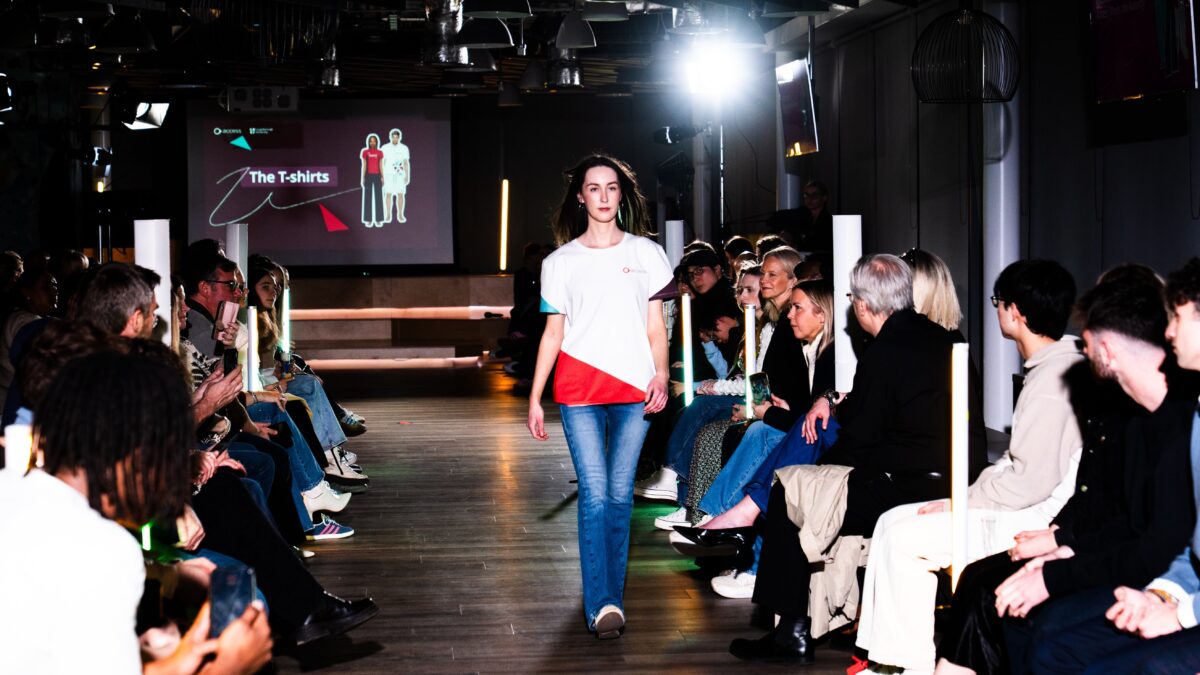

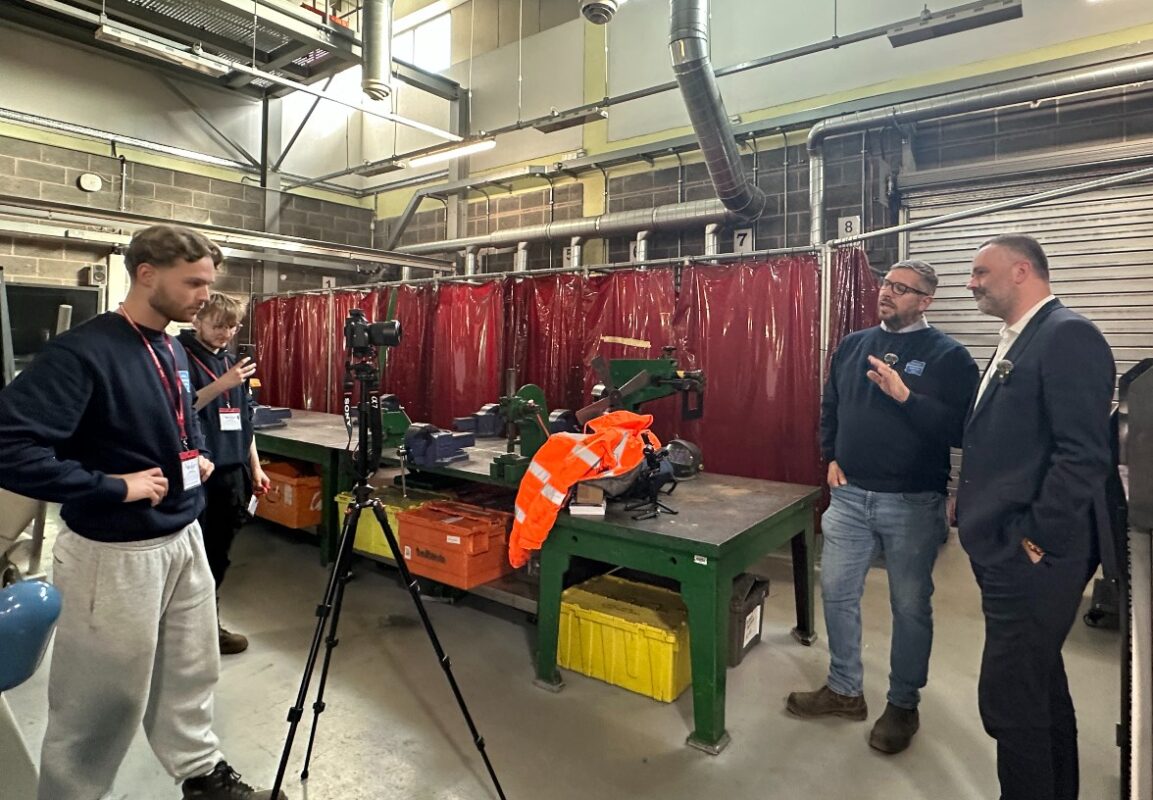
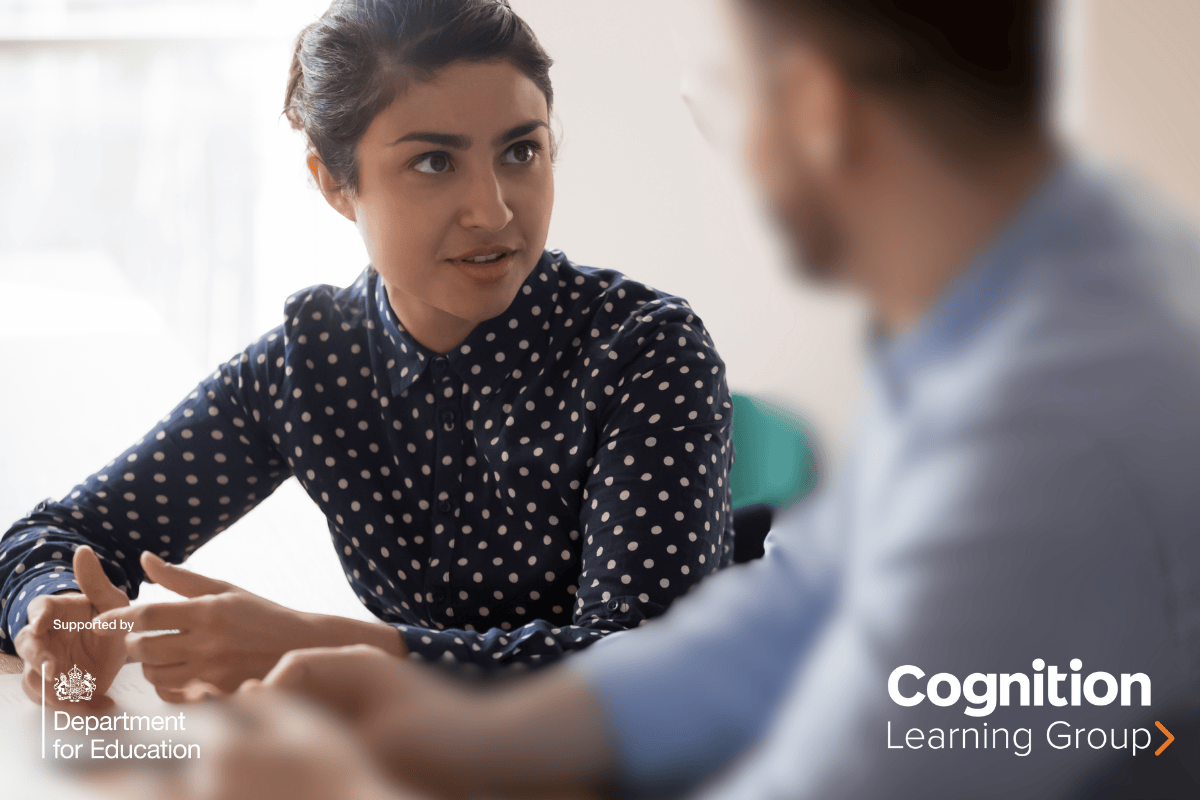

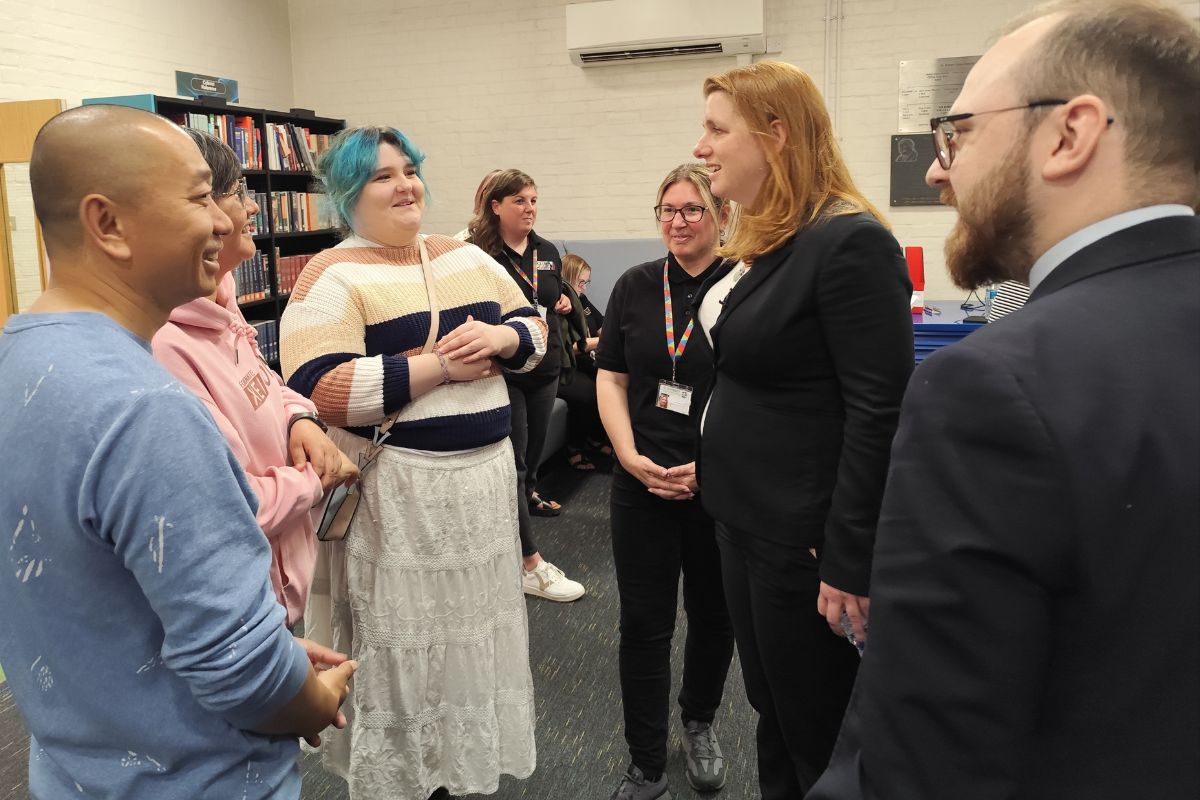

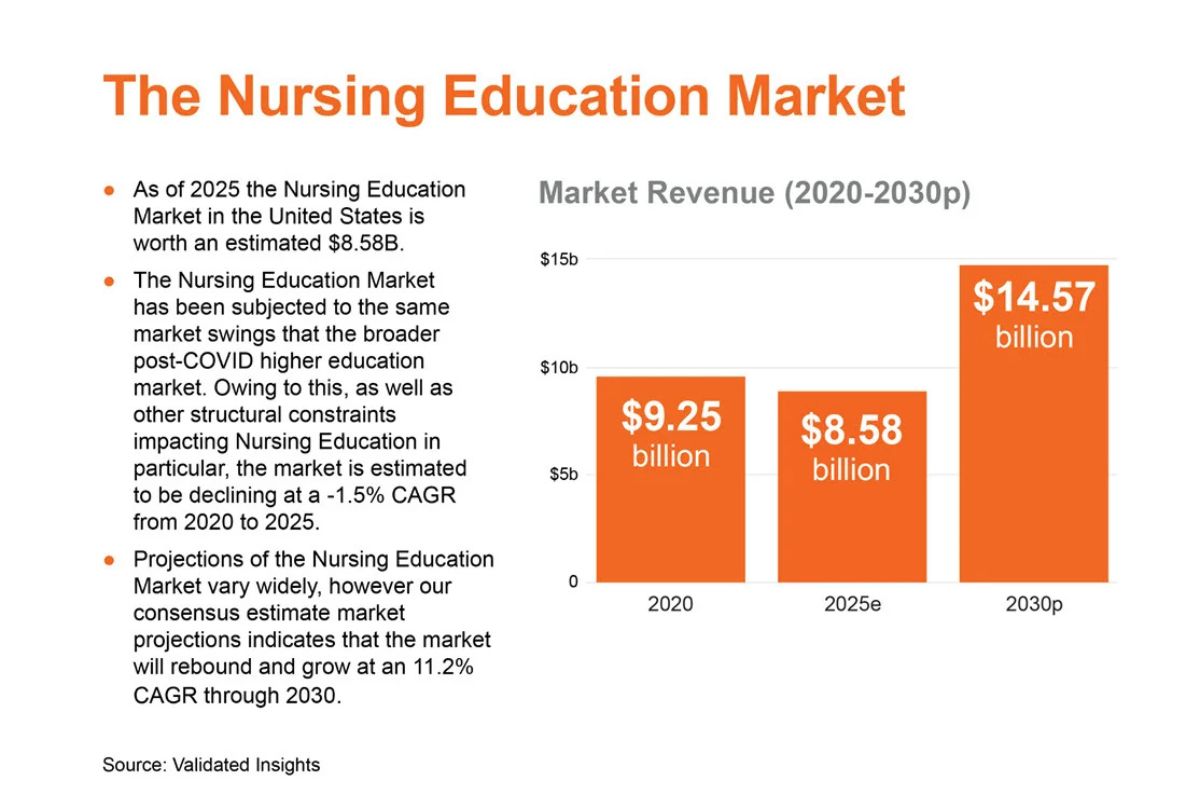

Responses